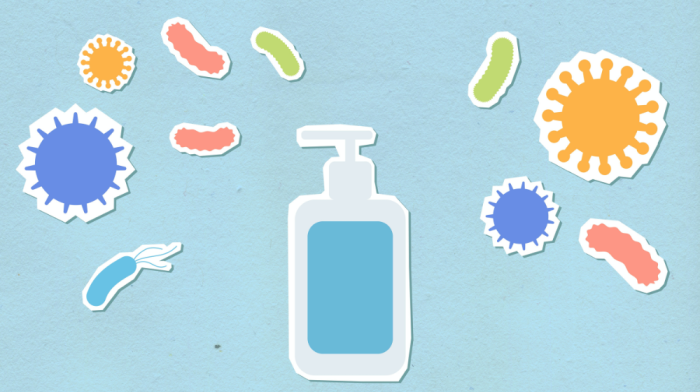
When the leaves start changing colors and thick sweaters and cozy socks come back, that only means one thing, Fall is here. It also means flu season is on its way.
Shane McAllister, MD, PhD, is an assistant professor of Pediatrics in the Division of Pediatric Infectious Diseases and Director of Pediatric Transplant of Infectious Diseases at the University of Minnesota Medical School. Dr. McAllister discusses facts on the flu and preventative tips that will help you get through this season.
Flu season generally peaks in the winter. Although, the exact timing of it is different every year. “Last flu season was quite remarkable in that the effect of masking and social distancing blunted the season,” says Dr. McAllister.
What can we do in advance to prepare for flu season?
The answer to making it a good flu season is getting vaccinated. Everyone over the age of six months can get a flu shot. “Given the experience, we saw with masking and social distancing, it had a positive impact on the flu season,” he says. “Those with an increased risk for severe diseases can draw some comfort from this data knowing they can provide increased protection with these mechanisms.”
If someone’s already got the flu, when are they contagious?
“The incubation period following exposure to someone with the flu is one to four days, with an average of two days,” explains Dr. McAllister. “A person is contagious 24 hours before they develop symptoms.”
He also says for people who have a compromised immune system, viral shedding is usually about a week or longer.
The Centers for Disease Control and Prevention (CDC) recommends that “people stay home for at least 24 hours after their fever is gone except for medical care or other necessities. Fever should be gone without the need to use a fever-reducing medicine.”
How contagious is the flu?
The flu spreads person-to-person through respiratory droplets. “Autoinoculation, contact with droplets on a surface, and then touching the face, is another route. So, good hand hygiene is an important protective measure,” notes Dr. McAllister.
How can I prevent the spread of the flu?
While you’re symptomatic, isolate yourself as best you can. Always cover your coughs and sneezes using your elbow. If you catch a sneeze or cough on your hands, wash or sanitize your hands immediately.
Hand hygiene is very crucial. “I don’t think people realize the amount of time they spend touching their face, but respiratory illnesses can be acquired by self-inoculation from your hands to your nose and eyes,” Dr. McAllister says.
“If you have the flu and have to go out, wearing a mask can interrupt transmission,” he adds.
No method is going to be 100% effective. Masking isn’t perfect. Vaccination isn’t perfect, so multiple means of protection are recommended.
Vaccination
The COVID-19 vaccine does not do a particularly good job of preventing infection, but it does an excellent job of keeping you out of the hospital. The same has always been true for the flu vaccine.
“We don’t know how bad this flu season is going to be, so I wouldn’t support a plan to wait and see how bad the flu season is going to be before deciding to get the vaccine,” cautions Dr. McAllister.
According to the CDC, it is recommended to get two doses a month apart in Aug. or Sept. for persons aged six months to eight years old. For adults, waiting until Sept. or Oct. is more appropriate. For those who didn’t get vaccinated come Dec. or Jan. and if the flu is still going on during that time, Dr. McAllister recommends still considering getting vaccinated around that time.
“Vaccinating during peak season is not ideal but it would be better than nothing. Earlier is better, but not too early because we do worry about efficacy wearing off during flu season,” states Dr. McAllister.
Dr. McAllister encourages practitioners to be ready with resources for those who are vaccine-hesitant. He believes practitioners should anticipate having these conversations and have resources ready in advance. “Talk to patients in a way that builds confidence, and be prepared with counterarguments and resources.”
Here are some resources Dr. McAllister has provided:
- Summary Document for Interim Clinical Considerations: for Use of COVID-19 Vaccines Currently Authorized or Approved in the United States
- Off Season Influenza & Respiratory Illness Activity Report
- Prevention and Control of Seasonal Influenza with Vaccines: Recommendations of the Advisory Committee on Immunization Practices — United States, 2022–23 Influenza Season